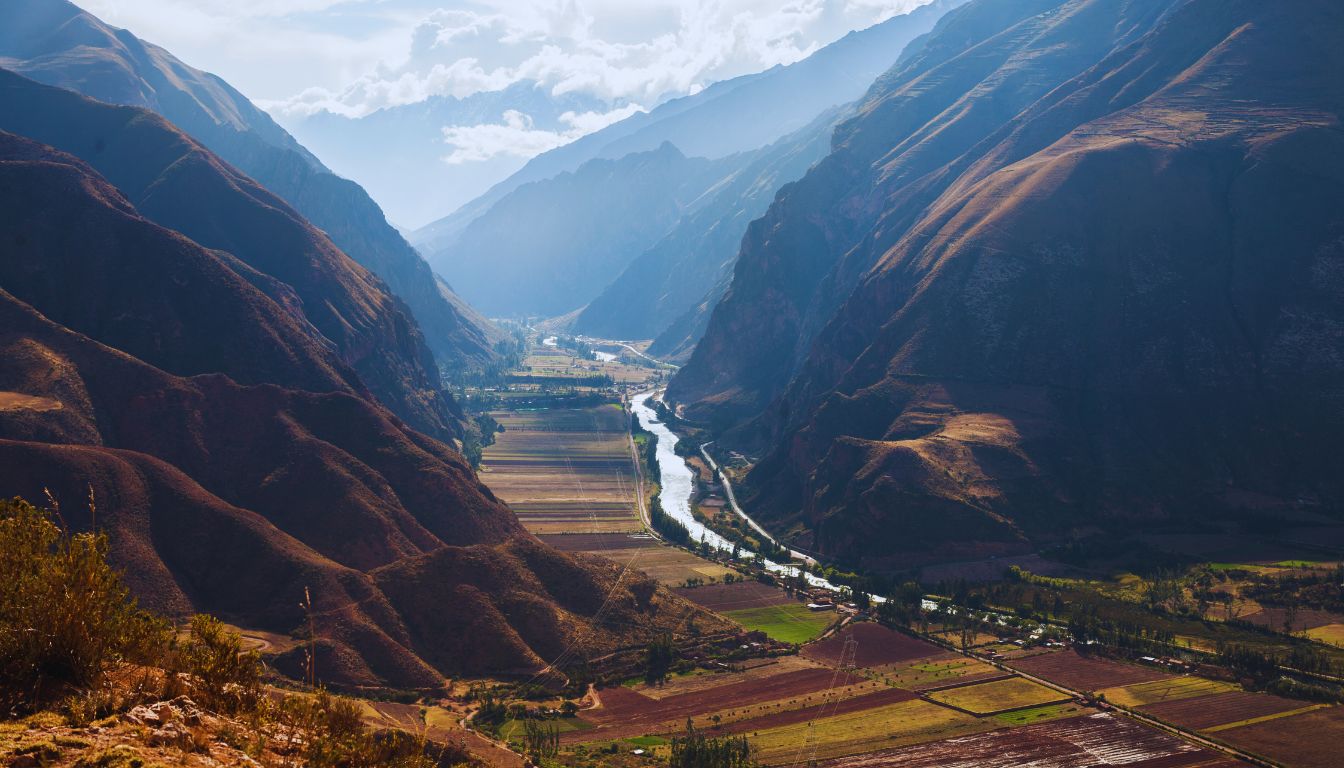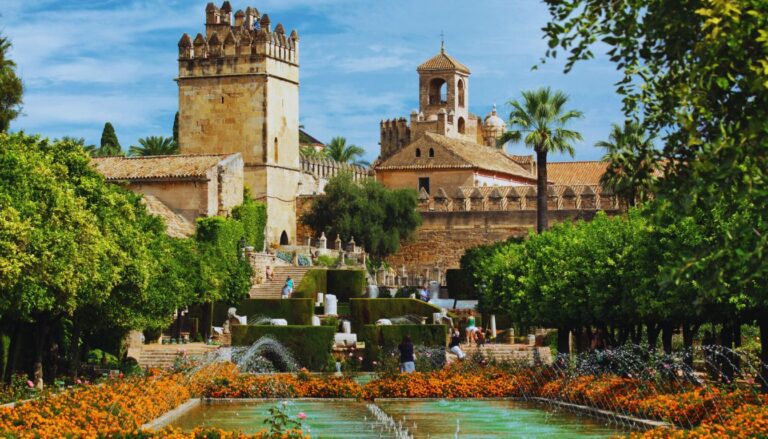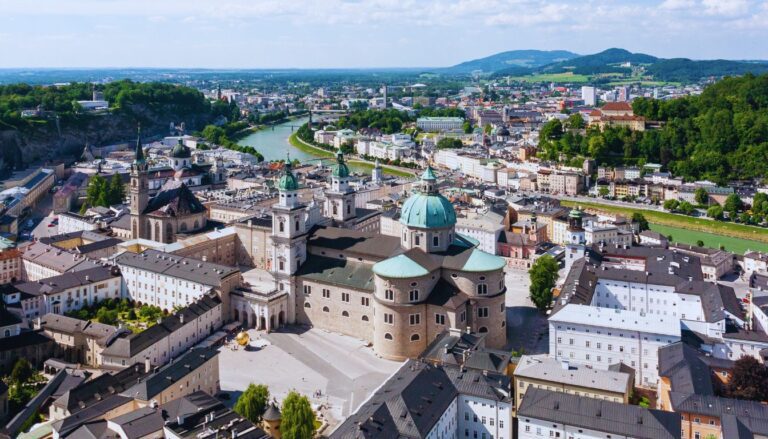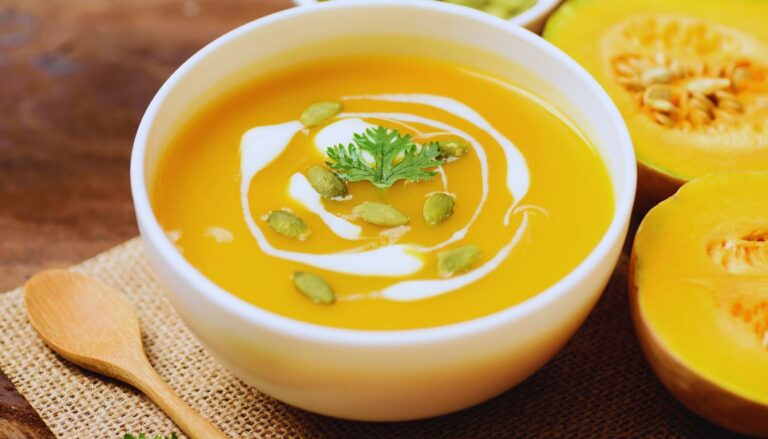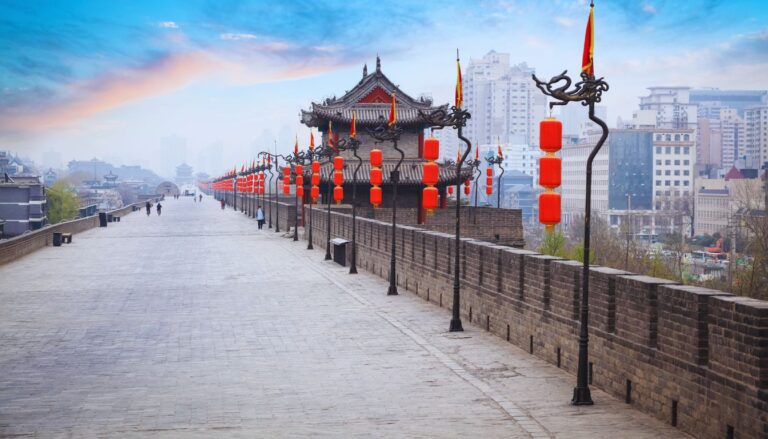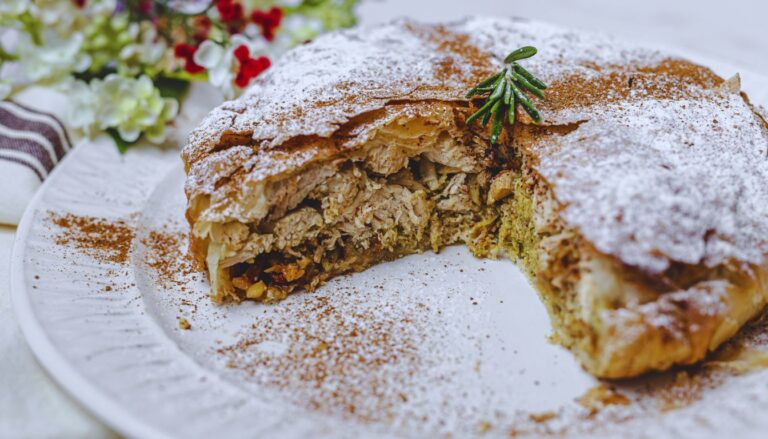Nestled between Cusco and Machu Picchu, the Sacred Valley of Peru unfolds as a living tapestry of Quechua culture. This fertile valley, once the heartland of the Inca Empire, continues to pulse with the vibrant traditions of its indigenous inhabitants. Visitors to the Sacred Valley are treated to a mesmerizing blend of ancient ruins, colorful markets, and breathtaking Andean landscapes, all infused with the enduring spirit of the Quechua people.
Table of Contents
Best Places to Visit
- Pisac: Famous for its Sunday market and impressive Inca ruins overlooking the town.
- Ollantaytambo: A living Inca town with remarkable fortress ruins and traditional architecture.
- Moray: Unique circular agricultural terraces believed to be an Inca crop laboratory.
- Maras Salt Mines: Ancient salt pans still in use today, creating a stunning patchwork of white pools.
- Chinchero: Known for its colonial church, Inca ruins, and traditional weaving cooperatives.
Things to See and Do
Immerse yourself in Quechua culture through these enriching experiences:
- Explore the bustling Pisac Market, where Quechua artisans sell colorful textiles, ceramics, and crafts.
- Participate in a traditional weaving demonstration and learn about natural dyeing techniques.
- Hike the Inca Trail sections that pass through the Sacred Valley, connecting ancient sites.
- Join a Pachamama ceremony, honoring Mother Earth with a local shaman.
- Visit a Quechua community to learn about daily life, agricultural practices, and ancient traditions.
Best Time to Visit
The best time to experience the Sacred Valley and Quechua culture is during the dry season, from May to September. This period offers clear skies and comfortable temperatures, perfect for outdoor exploration and cultural activities. June is particularly special, with many traditional festivals taking place, including Inti Raymi (Festival of the Sun) in nearby Cusco.
How to Get Around
- Private taxis or organized tours are popular for visiting multiple sites in a day.
- Collective taxis (shared vans) run between major towns and are an affordable, local way to travel.
- Hiking and mountain biking are great options for active travelers wanting to explore off-the-beaten-path areas.
- Horseback riding tours offer a unique way to experience the valley’s landscapes and Inca trails.
Where to Stay
- Urubamba: The largest town in the Sacred Valley, offering a range of accommodations and central location.
- Ollantaytambo: Stay in this picturesque Inca town for easy access to ruins and traditional Quechua life.
- Eco-lodges: Scattered throughout the valley, these offer immersive experiences in natural settings.
- Homestays: For a truly authentic experience, arrange a stay with a local Quechua family.
How to Stay Safe
While the Sacred Valley is generally safe for tourists, it’s important to take precautions:
- Acclimatize to the high altitude before engaging in strenuous activities.
- Drink bottled water and be cautious with street food to avoid altitude sickness and stomach issues.
- Respect local customs and ask permission before photographing people or entering sacred sites.
- Use reputable tour operators for excursions and adventures.
Best Places to Book Your Trip
Planning your dream trip is easy with trusted travel platforms. To secure the best deals on flights, accommodations, and tours, check out:
- Booking.com: Offers a wide range of hotels, apartments, and hostels to suit every budget.
- GetYourGuide: Book unforgettable experiences like guided tours, cooking classes, and fast-track passes.
- Expedia: A great platform for bundling flights, hotels, and car rentals for a seamless booking experience.
- Skyscanner: Perfect for finding the best deals on flights.
Conclusion
The Sacred Valley is more than a picturesque landscape dotted with ancient ruins; it’s a living testament to the resilience and beauty of Quechua culture. As visitors wander through terraced fields, colorful markets, and timeless villages, they become part of an unbroken cultural thread stretching back to the Inca empire. The Sacred Valley invites travelers to not just observe, but to engage, learn, and connect with the rich tapestry of Andean life. Here, every stone, every weaving, and every smiling face tells a story of a culture that continues to thrive in harmony with the majestic mountains that surround it.

